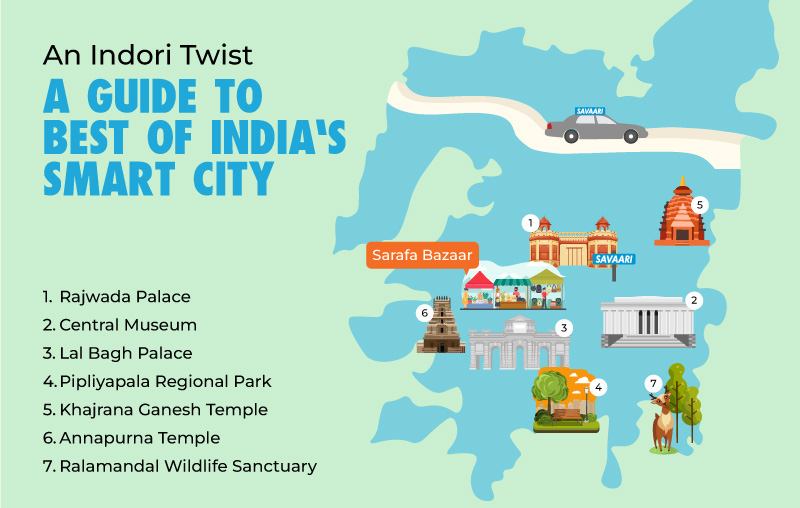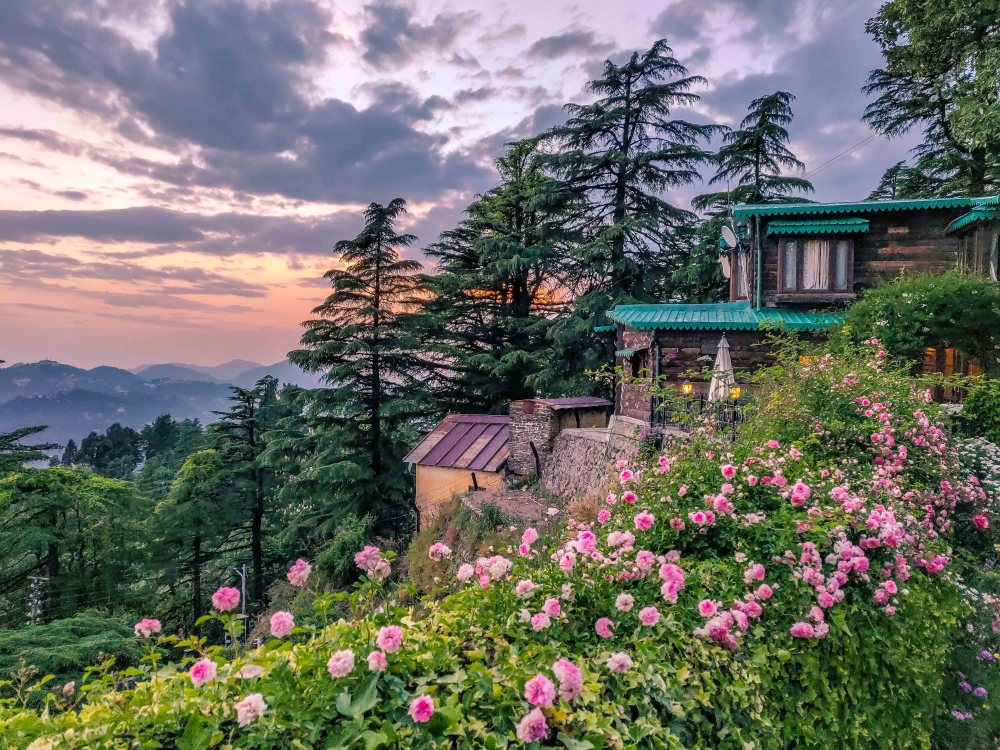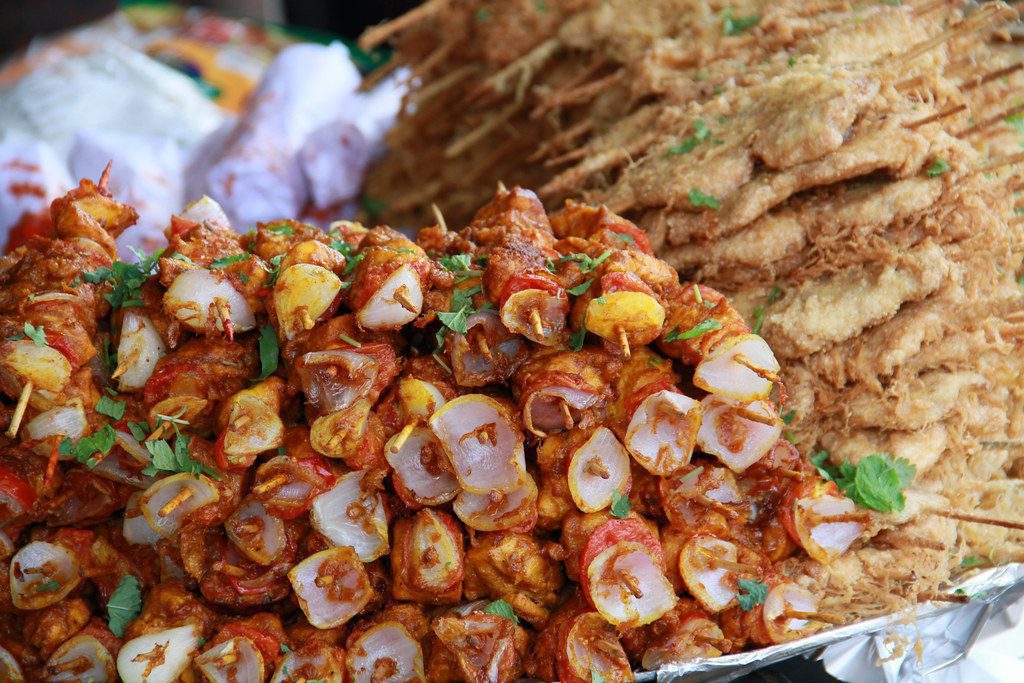As dusk descended and the crowd gathered in anticipation, the main event was about to begin. The bride and groom were about to make their grand entrance for their sacred union. The bride was dressed to the nines, her attire resplendent and attracting attention from all. As the rituals unfolded, they exchanged wreaths, and red vermilion (sindoor) was gently applied. Echoes of wedding songs filled the air, infusing it with joy and celebration. The wedding ensued in full Indian, Band Baaja Baaraat style with a pompous celebration. The bride and groom were carefully placed on a rafter, set adrift in the calm river beneath the pastel shades of the setting sun. Everything was like any typical wedding, save for one peculiar fact – the bride and groom were not humans, but frogs!
Now, we all have heard the childhood tale where a princess recoils at the thought of kissing a frog, who later magically turns into a handsome prince. But have you ever wondered what would unfold if a male frog were to marry a female frog? Anything is quite possible in India, a melting pot of traditions from every corner. And what better way to embark on this journey than by booking a Savaari? Let us take you on a journey through the unusual tradition of frog marriages in India. Yes, it may sound strange, but this tradition continues to this day. It’s a spectacle of an unusual union, a testament to the rich tapestry of diverse customs and rituals of India.
Why frogs marry: An insight into India’s unique tradition
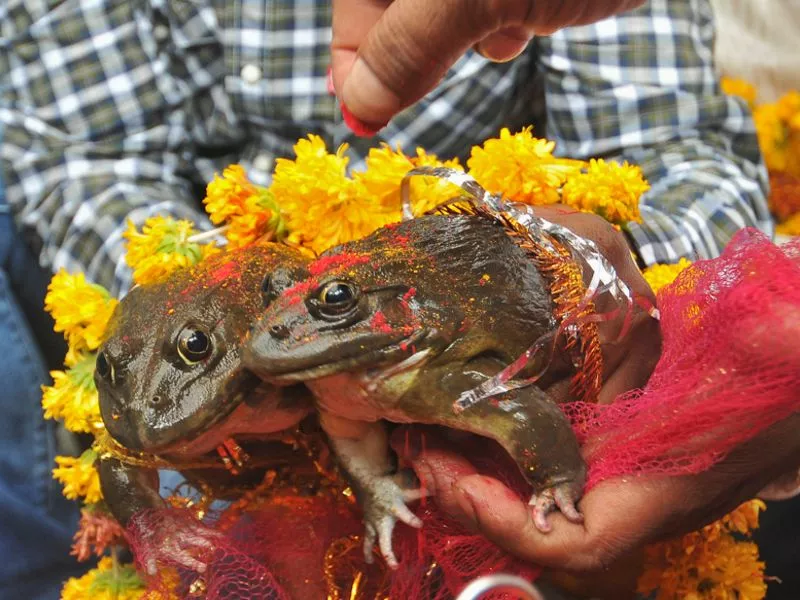
India is a land of varied climates, and the summer monsoon rains are crucial for watering its crops. But what if the rains don’t come for one year? Being largely an agricultural nation, many folks depend on farming to earn a living. Lack of rain can cause major problems like droughts and even famines, impacting millions of people. It’s heartbreaking to know that even today, many farmers take their own lives due to rain shortages that lead to drought.
Because rainfall is so crucial to their livelihoods, people have come up with all kinds of customs and rituals like frog weddings to try and bring on the rain. Some of these practices can seem pretty extreme, like hanging from hooks or even taking off all their clothes in hopes of getting the attention of the rain gods and encouraging them to open up the skies. Frog weddings are a special ritual in India, meant to ask the rain god for rain. It’s done just like a regular Hindu wedding but with two frogs.
Unveiling the folklore of Indian frog weddings
In Assam, there’s an old story that shows how frogs and rain are connected. The story says that farmers asked the clouds why it wasn’t raining. The clouds answered that they were waiting for the frogs to croak. The frogs usually croak during monsoon season, so their croaking was seen as a sign of rain. That’s how the croaking of frogs came to be linked with rain.
In southern India, there’s a similar belief. They hold a wedding ceremony for two frogs, known as Mandooka Parinaya. People there believe that this frog wedding makes the rain god, Indra, happy, and in return, he gives them more rain. Even though these stories and rituals are different in each region, they both show a deep respect for nature and its cycles. They reflect the desire of people to live in harmony with the environment.
Hopping down the aisle: Inside the rituals of frog marriages in India
The ritual of the frog wedding mirrors the traditions of a classic Indian wedding. A female frog is carefully chosen and prepared for her big day. Her skin is anointed with oil, following which she is left to rest for a while. Later, she’s bathed in water and adorned in attire fit for the special occasion. Meanwhile, the groom frog arrives with much fanfare, with dance and celebration marking the joyous event. The wedding ceremony then takes place, followed by the release of the newlywed couple into a pond – a honeymoon to their natural abode. Prayers ascend to the heavens, beseeching the frogs to croak and call forth the rain. The air fills with the warmth of community spirit as a village-wide feast, filled with music and dance, marks the conclusion of the ceremony.
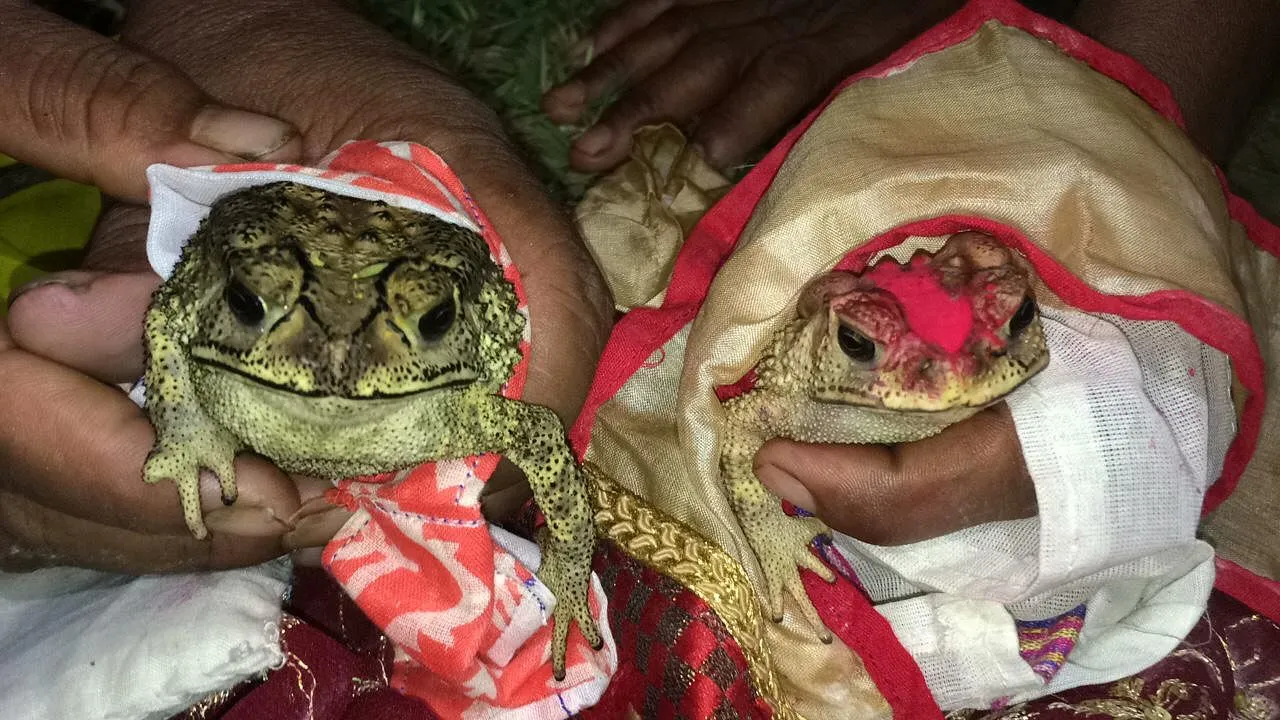
In the southern parts of India, the ritual unfolds similarly yet with its unique flavour. A male and female frog is chosen by the villagers and usually named Varuna (the God of water) and Varsha (meaning rain) respectively. They’re bathed in turmeric paste, also known as Haldi, and dressed in custom-made attire. The female frog is gifted a toe ring, a significant symbol in Hindu weddings often believed to regulate the menstrual cycle and enhance fertility. Some ceremonies even adorn her with a Mangalsutra, a necklace signifying marital status among Hindu women.
As the ceremony unfolds, a volunteer sings melodious prayers, and amidst the festive atmosphere, the frog couple is united in matrimony. A grand feast ensues, where villagers join in prayer for a generous downpour from the rain god. The ceremony concludes with the newlywed frogs embarking on a “honeymoon” to a nearby water body, leaving behind a village buzzing with hope.
When frog marriages jump to divorce
The story is not over yet. Just the way humans get a divorce when things don’t work out, frogs do too. The frogs were blissfully married for a couple of months, but then, just like that, their honeymoon period was over. The reason? Well, their marriage had caused way too much rain.
Back in July, two frogs in Madhya Pradesh were hitched in a ceremony because people believed that their wedding would please the rain god Indra and bring much-needed rain to parched lands. The ceremony was held in Bhopal, and it did bring rain, but perhaps too much of it. The monsoon that followed was so severe that it led to destruction and flooding throughout Madhya Pradesh.
To stop the endless rain, a decision was made to “divorce” the frog couple. A proper “separation ceremony” was thrown at the Turant Mahadev temple. Two clay frog figures were symbolically released into a water-filled pot while mantras were chanted, all with the hope that it would calm down the furious monsoon.
Places to witness frog marriages in India
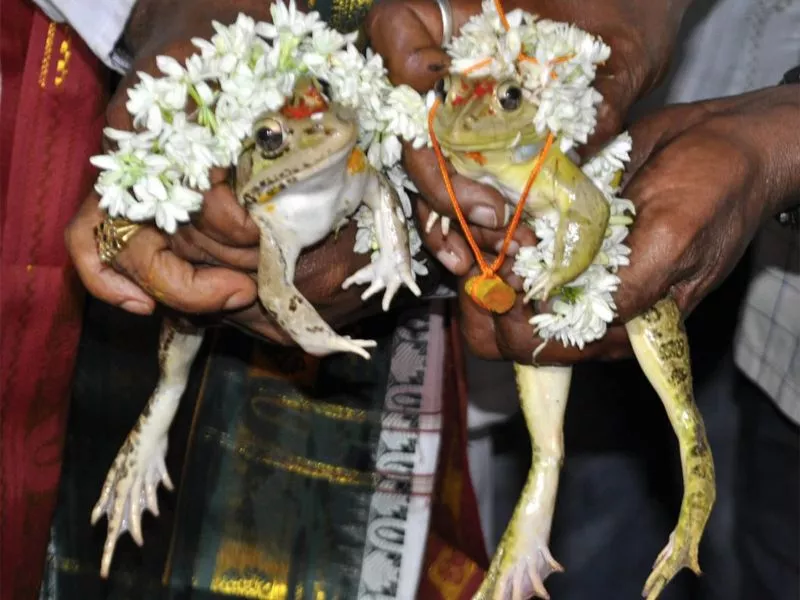
This tradition has different names in different parts of India. For example, in Assam, it’s called “Bhekulir Biya”. Here, “Bhekuli” means frog, and “Biya” means marriage. In southern India, they call it “Mandooka Parinaya”. In their language, “Mandooka” is a frog, and “Parinaya” is a wedding. And in Tripura, it’s known as “Banger Biye”. “Bang” stands for a frog and “Biye” is the word for wedding. So, no matter the name, the idea is the same.
Frog marriages in India are a unique tradition observed in several parts of India. You can also witness it in Uttar Pradesh (specifically in Sonebhadra, Gorakhpur, and Varanasi), Jorhat in Assam, Udupi in Karnataka, Bhopal in Madhya Pradesh, Saharsa in Bihar, and Nadia district in West Bengal. Of all these places, the frog marriages in Assam are especially elaborate and grand. If you plan to attend one of these ceremonies, consider booking a Savaari in Guwahati before the monsoon season begins.
While this unique tradition of frog marriages in India may be viewed from varying perspectives. Some may see it as mere superstition, others may consider it a blessing, or just a bizarre custom. Either way, the most important thing is that it brings hope and happiness to the people who are a part of it. This is just one of the many things that makes India such a fascinating place. Getting to understand and respect these rituals is all about embracing the incredible variety of cultural practices that make up India’s amazing diversity. It’s about appreciating the joy, hope, and sense of community that these traditions bring to the people who practice them.
It’s a big part of learning to respect different cultures. So next time you hear about a frog getting hitched, just remember – it’s all part of the wonderful, diverse world we live in. Download the Savaari car rental app and keep exploring, keep learning, and always, keep respecting every culture’s uniqueness. After all, isn’t that what makes our world so interesting?
Last Updated on January 17, 2024 by



